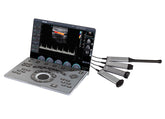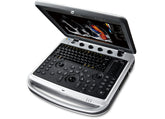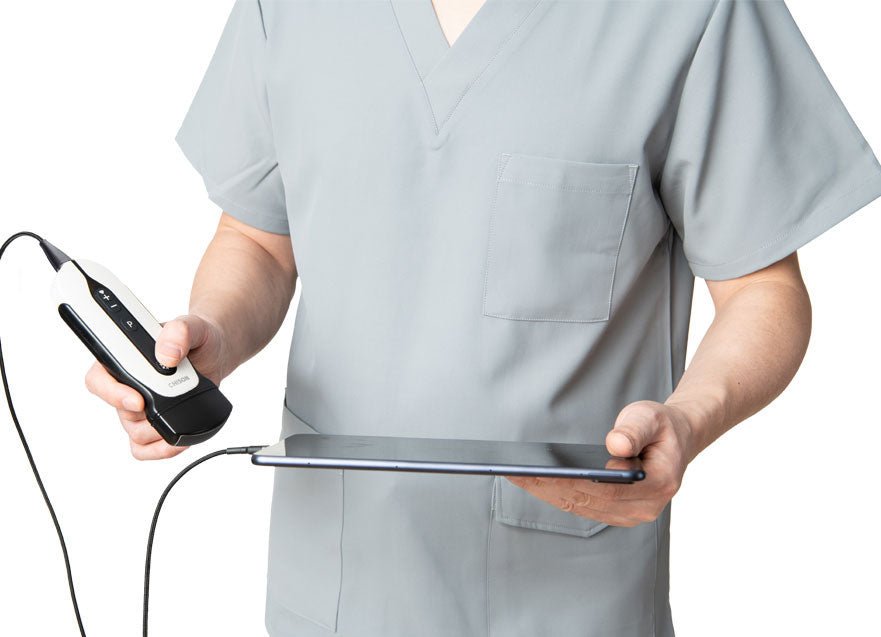The SonoEye P5 is a remarkable example of how innovation can transform healthcare. Its handheld design is a major breakthrough, offering unrivaled portability and convenience. Physicians can carry it in their pockets or medical bags, making it possible to perform ultrasound exams anywhere, anytime. Whether in a busy hospital ward, a remote rural clinic, or even at a patient's home, the SonoEye P5 is ready to provide immediate diagnostic insights.
One of the key features of the
handheld Ultrasound SonoEye P5 is its high-quality imaging capabilities. Despite its small size, it delivers clear and detailed images of internal organs, soft tissues, and blood vessels. The color Doppler function allows for accurate assessment of blood flow, aiding in the detection of various conditions such as vascular disorders and tumors.
The ease of use of the SonoEye P5 is another standout aspect. With an intuitive interface and simple controls, it can be quickly mastered by healthcare professionals of all levels. The device is designed to be user-friendly, enabling physicians to focus on patient care rather than struggling with complex technology.
The SonoEye P5 also offers real-time imaging, which is crucial for making quick and accurate diagnoses. In emergency situations, this feature can be a lifesaver, allowing physicians to assess a patient's condition on the spot and make informed decisions about treatment.
In addition to its clinical applications, the
handheld Ultrasound SonoEye P5 is also ideal for educational purposes. Medical students and residents can use it to gain hands-on experience in ultrasound imaging, enhancing their learning and understanding of anatomy and pathology.
Overall, the
Handheld Ultrasound SonoEye P5 is a revolutionary device that is changing the way healthcare is delivered. Its portability, imaging quality, and ease of use make it an invaluable tool for physicians, nurses, and other healthcare providers. As technology continues to advance, we can expect the SonoEye P5 and similar handheld ultrasound systems to play an even greater role in improving patient care and outcomes.












